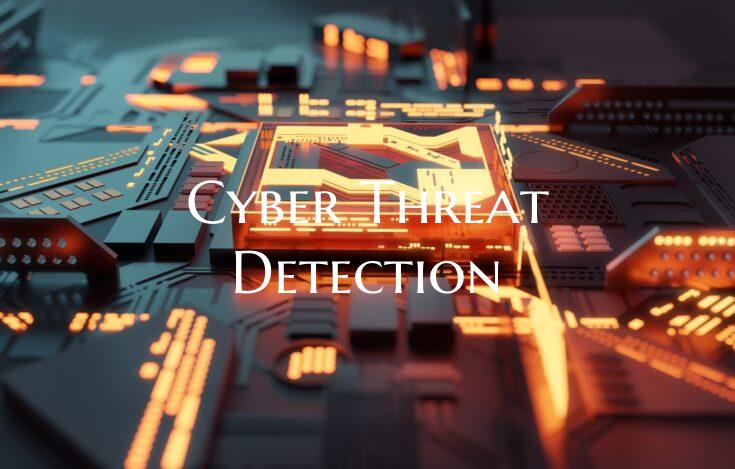Cyber Threat Detection
In the constantly evolving landscape of cybersecurity, organizations face a multitude of threats targeting their sensitive data, systems, and infrastructure. Among these threats, cyber threats pose a significant risk, encompassing a wide range of malicious activities designed to compromise security and steal valuable information. Cyber threat detection has emerged as a crucial defense mechanism to identify and respond to these threats effectively.
Importance of Cyber Threat Detection: Detecting cyber threats in a timely manner is essential for organizations to mitigate potential risks and safeguard their digital assets. Early detection allows security teams to take proactive measures, minimize the impact of security incidents, and prevent data breaches that can have severe consequences for the organization's reputation and financial well-being.
Key Strategies for Effective Cyber Threat Detection:
1. Continuous Monitoring: Implementing continuous monitoring tools and technologies enables real-time visibility into network traffic, system logs, and user activities, helping detect unusual patterns or anomalies that may indicate a potential security threat.
2. Threat Intelligence: Leveraging threat intelligence feeds from reputable sources provides valuable insights into emerging threats, attack trends, and potential vulnerabilities, enhancing the organization's ability to proactively detect and respond to cyber threats.
3. Behavior Analysis: Employing behavior analysis techniques, such as user and entity behavior analytics (UEBA), can help identify abnormal behaviors and deviations from baseline patterns, indicating potential insider threats or compromised accounts.
4. Intrusion Detection Systems (IDS): Deploying IDS solutions that monitor network traffic for suspicious activities, signatures of known threats, and anomalies can aid in the early detection of cyber threats and enable rapid incident response.
5. Machine Learning and AI: Leveraging machine learning algorithms and artificial intelligence capabilities can enhance the accuracy and efficiency of cyber threat detection by automatically identifying and analyzing patterns in vast amounts of data to detect threats that may go unnoticed by traditional security measures.
Technologies for Cyber Threat Detection:
1. Security Information and Event Management (SIEM): SIEM platforms aggregate and analyze security event data from various sources, enabling organizations to correlate events, detect anomalies, and respond to security incidents in real time.
2. Endpoint Detection and Response (EDR): EDR solutions focus on monitoring endpoint devices for signs of malicious activity, such as file changes, process executions, and network connections, providing granular visibility and control to detect and respond to cyber threats effectively.
3. Threat Hunting Tools: Threat hunting platforms empower security teams to proactively search for threats within their environment, employing advanced analytics and investigative techniques to uncover hidden threats and vulnerabilities that evade traditional security defenses.
In conclusion, enhancing cyber threat detection requires a comprehensive approach that combines effective strategies, cutting-edge technologies, and a proactive security posture. By investing in robust detection mechanisms and staying abreast of emerging threats and trends, organizations can strengthen their defenses and effectively mitigate cyber risks in today's dynamic threat landscape.

